7 Fascinating Scent Facts (in Susan Irvine’s classic book Perfume)
“For 6000 years, perfume has helped mankind to pray, heal, make love, hunt and even to kill. Our ancestors made offerings of smouldering aromatic woods and resins to their gods, and fed their courtesans on musk so they sweated pure perfume. The magic, mystery and sheer sensuality of such images still underlie the power of perfume today,” writes Perfume author Susan Irvine.
“The creation of fragrances involves the rarest and most costly materials, gathered from the far corners of the earth. In the continual quest for the more exotic, pure or refined scents and colognes, black markets have flourished and fortunes have been won, stolen and lost. Today, with perfume in such high demand and the natural raw materials increasingly scarce, the race is on to use science to create cheaper and more plentiful alternative raw ingredients. For top couturier houses, the search is essential.”
Perfume was conceived as the first definitive account of the development, creation, manufacture and marketing of modern fragrances. But while Susan started writing about this often mysterious process, she uncovered dozens of remarkable and fascinating facts about the history of fragrance. Here are seven of our favourite facts from ‘Perfume’.
Fact 1: Scented smoke offerings
The word ‘perfume’ comes from the latin ‘per fumum’ or ‘through smoke’. For Ancient Greeks, the same word meant ‘scent’ and ‘offering to the gods’. The aromatic smoke of incense, smouldering woods, spices and herbs formed the most ancient scents, prerogatives of gods and kings. The ingredients to create these scented smokes were so expensive and rare that they were only used for religious ceremonies.
Fact 2: Egypt’s sweat of the gods
For the Egyptians, perfume was the sweat of the gods. Myrrh, which looks like frozen droplets, came from Ra, the sun-god, and ben oil, made from moringa nuts, from the eye of Horus. As they prayed, they held incense burners, called amschirs. These had a long arm with a holder at one end to contain the burning charcoal. It was held in one hand and fed with small pastilles on incense with the other.
As the smoke ascended heavenwards, its spirals turning solid matter into invisible scented breath, it formed a connection between the invisible world of the gods above and the solid world of earth below. At the same time, the smoke formed pathways for prayers which, ascending with it, were inhaled by the gods.
Fact 3: Mind-altering fragrances
In the early Christian church, fragrance also served a primary purpose as mind-altering drugs. Incense was burned because of its specific narcotic and sedative qualities. It raised the priests to a higher state of consciousness that they believed brought them into closer communion with god. Chemists have analysed frankincense and found that besides resinous acids, it contains four types of terpenes, chemicals which, when inhaled, act on the brain cells like cannabis oil.
Fact 4: The perfumed pharmacy
‘A perfume is always a medicine’ is an ancient Chinese saying. The Chinese were prolific users of Hsiang yao or aromatic medicines as were the Arabs and Persians. Their oldest pharmacopoeia, The Book of Medicines, contains hundreds of perfume preparations to be used in healing. They saw the healing, transcendent and aphrodisiac qualities of perfume as different aspects of one unifying plant energy. Myrrh was used especially in healing wounds, spikenard combatted convulsions and megaleion was used to reduce inflammation.
Fact 5: Perfume as a weapon
An improbable assassination attempt was made on Alexander The Great by throwing a dusky maiden into his arms, her breath scented with a deadly poison. The attack was unsuccessful. Neanderthal man rubbed his body with the fur of his prey to enable him to creep closer to the hunt.
Fact 6: Scented doves
Wealthy Romans weren’t satisfied with simply dressing well, they had to smell good too. They slept on mattresses stuffed with roses, and unbelievably released doves drenched in different scents to flutter over guests at banquets releasing the aroma. The floors of bridal chambers contained snowdrifts of rose petals.
Fact 7: Europe’s capital of perfumery
In the early 1500s, Europe’s capital of perfumery was Venice which was the gateway from the spice trade route. Merchants unloaded their ships of spices, resins, musk and rosewater from Arabia, India, Egypt and China. Perfumers abounded in the city and became rich blending signature scents for royalty and the elite of society. Venetian perfumers created the first scent advertisements by posting announcements and descriptions of their latest blends throughout the city.
Perfume by Susan Irvine is available online on many used book sites. Highly recommended.

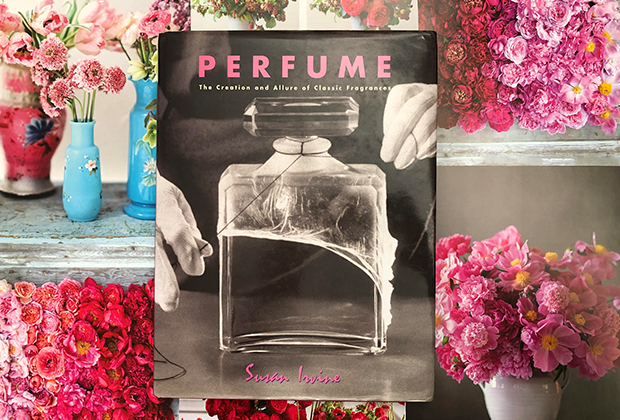
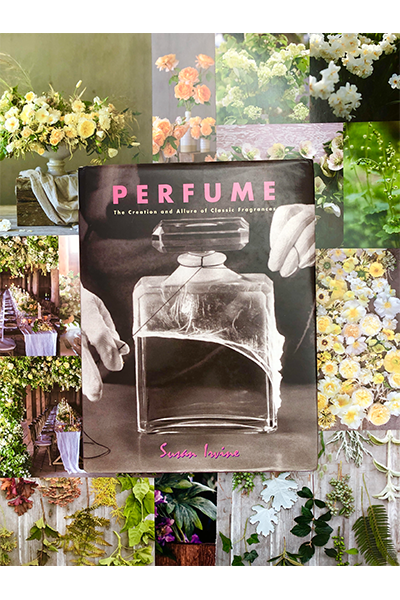
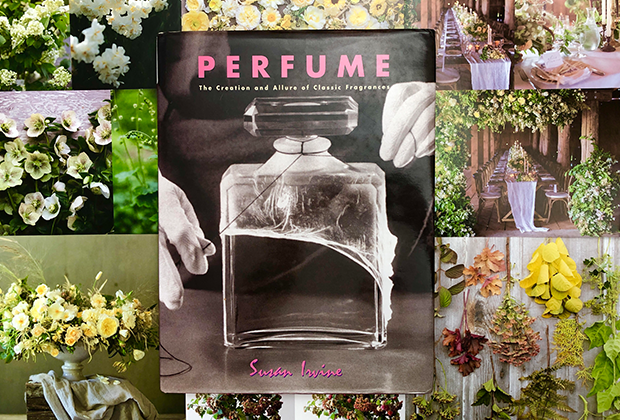
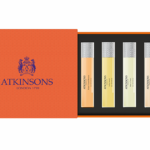


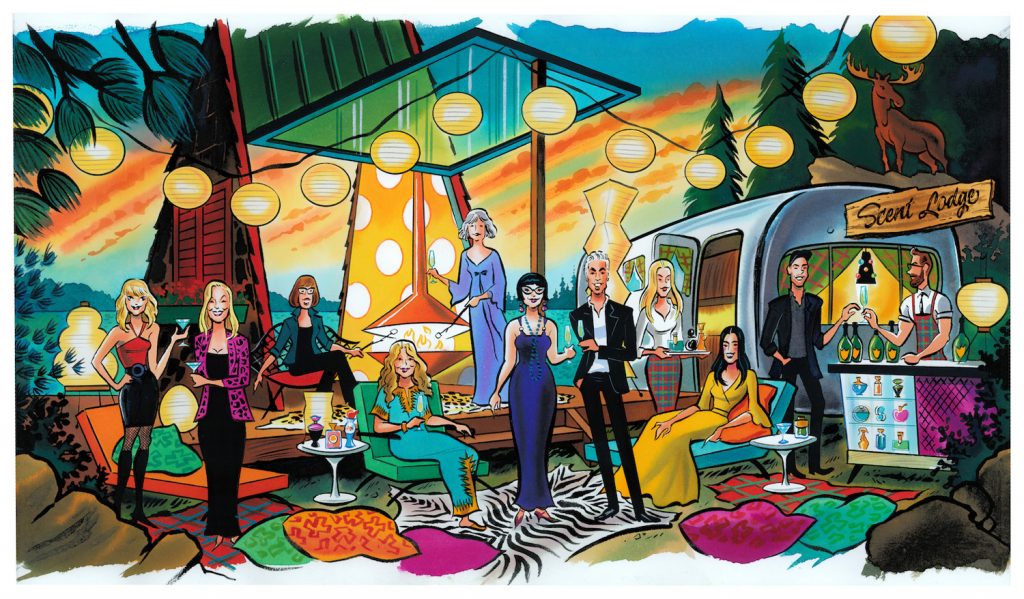
ANNA ROSZAK-ROBINSON
April 15, 2023 at 10:23 amA must read!
Brenda Elkins
April 5, 2023 at 11:23 amI just love this book with its gorgeous photography and interesting facts. A great coffee table book or gift for a scent lover.
@BrendaECoventry
Brenda Cremer
April 1, 2023 at 10:52 pmSuch interesting facts! I’m putting this book on my buy list!
Roberta MacQuarrie
April 1, 2023 at 11:35 amI love this information! Her book would make a lovely Mother’s Day gift!
September Dee
April 1, 2023 at 10:50 amFascinating! Who knew?